Research Program Overview
The Tissue Architecture and Organ Function Laboratory was founded in 2017 and has been led by Dr Guillermo Gomez since then.
Our primary research focus is on BRAIN CANCER, specifically GLIOBLASTOMA. We investigate the role of the tumour microenvironment and interactions between tumour cells and stromal cells on glioblastoma growth, invasion and resistance to therapy. Our goal is to discover, develop and translate new personalised treatments for patients affected by this terrible and aggressive type of brain cancer.
For this, we pioneered novel approaches to study the complexity of highly heterogenous brain tumours, like glioblastoma using artificial intelligence and patient-derived glioblastoma explant organoids (GBOs).
The access to patient-derived primary tissue, through our collaboration with the SA Neurological Tumour bank and Adelaide public hospitals, and matched patient-derived GBOs provide us with the opportunity to deeply characterise these samples using a variety of cutting-edge technologies. These include single-cell RNA sequencing (scRNAseq), spatial-metabolomics/transcriptomics/proteomics, atomic force microscopy (AFM), advanced bioinformatics.
We integrate this multidimensional data with cutting-edge artificial intelligence (AI) and patients demographical information to provide novel ways to identify
- patients that can favourably respond to a particular treatment at the moment of diagnosis and
- specific tumour-stroma interactions that are specific of each tumour and are critical in supporting tumour growth, invasion and resistance to therapy.
We therefore are taking advantage of these fundamental technological advances to (i) interrogate and access information directly from the patient's tumour and (ii) perform functional experiments in better and clinically relevant in vitro models for brain cancer. Our research pipeline provide a novel approach for the identification and pre-clinical functional validation of new molecular targets and biomarkers for their future translation into clinical trials.
Our goal is to find new personalised treatments that increase survival and improve the quality of life for every brain cancer patient.
Current Research Projects
- Harnessing artificial intelligence, spatial-omics and patient-derived organoids to cure glioblastoma.
- Use artificial intelligence to identify glioblastoma patients that respond favourably to therapy.
Laboratory staff
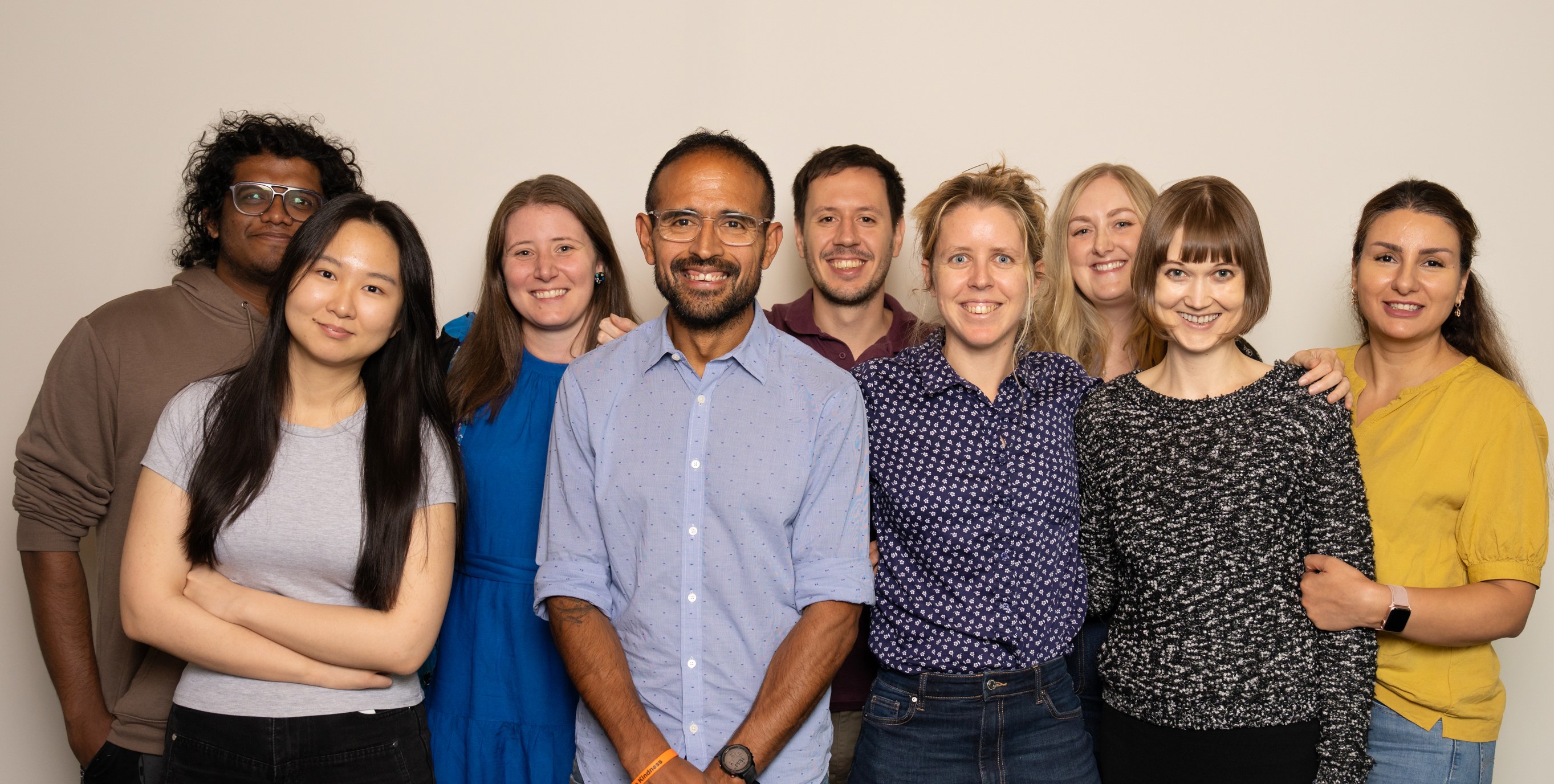
Laboratory head
Team Members
Postdoctoral Research Associates
- Dr Chloe Shard
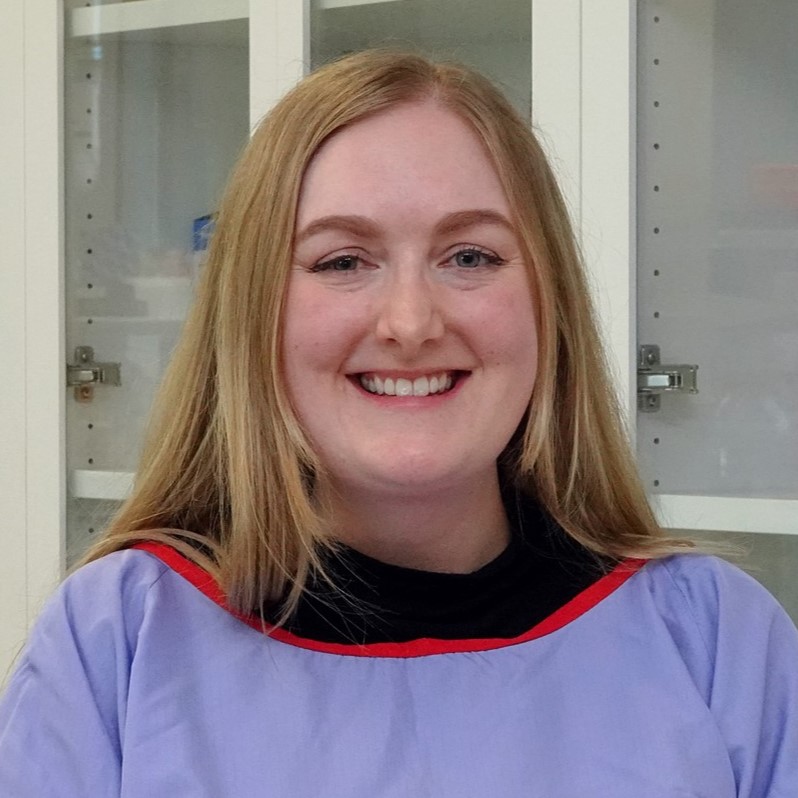
Chloe.Shard@unisa.edu.au - Dr Helen Palethorpe
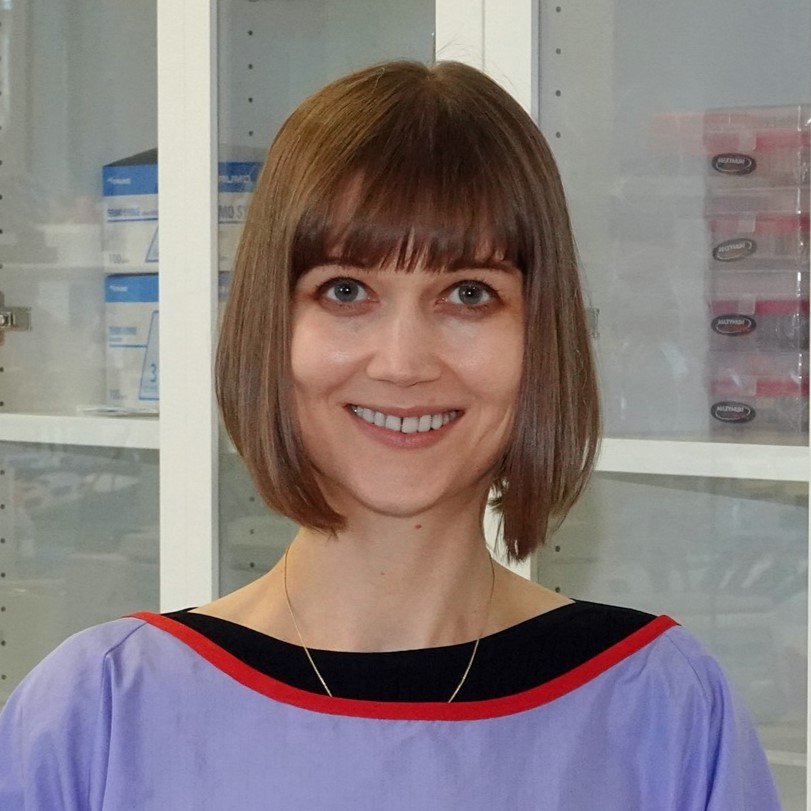
Helen.Palethorpe@unisa.edu.au
Students
PhD:
- Ms Sally Perrin
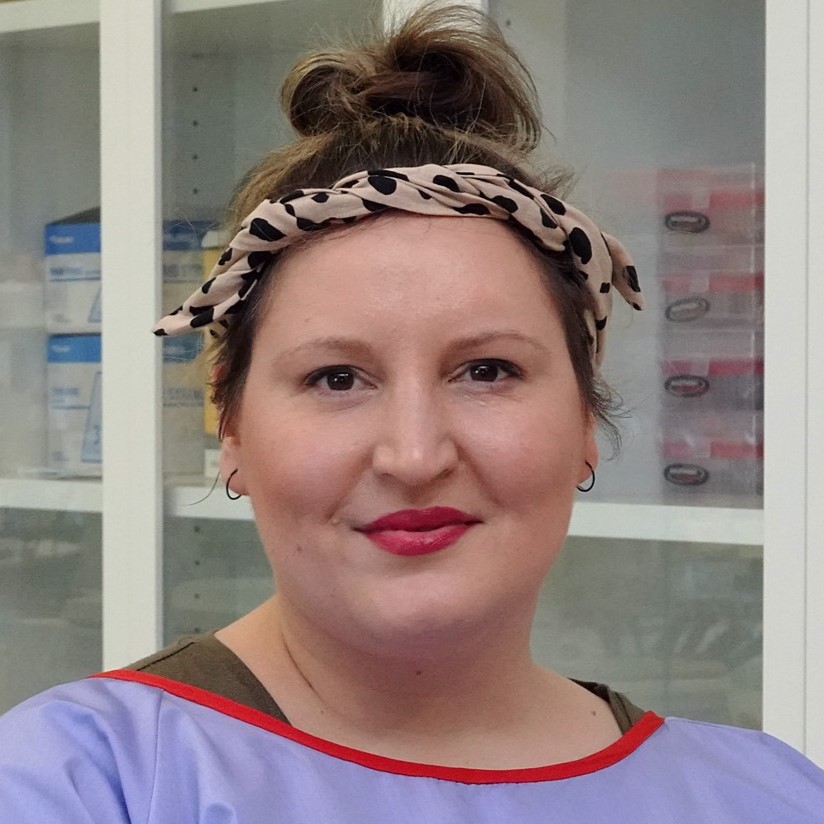
sally.perrin@mymail.unisa.edu.au - Ms Kaitlin Scheer
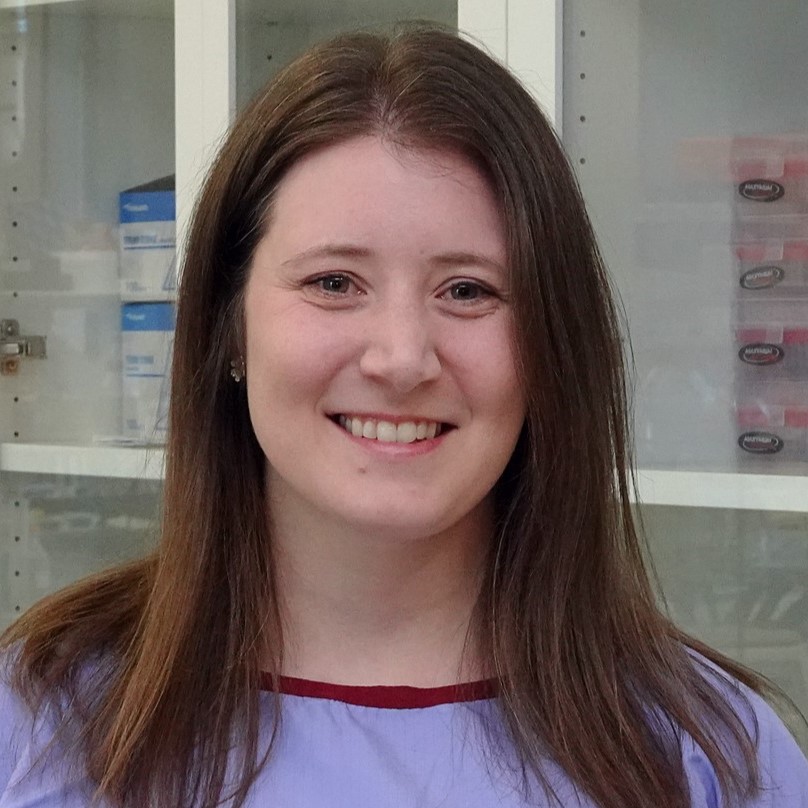
kaitlin.scheer@mymail.unisa.edu.au
Honours:
- Mr Conor Ryan
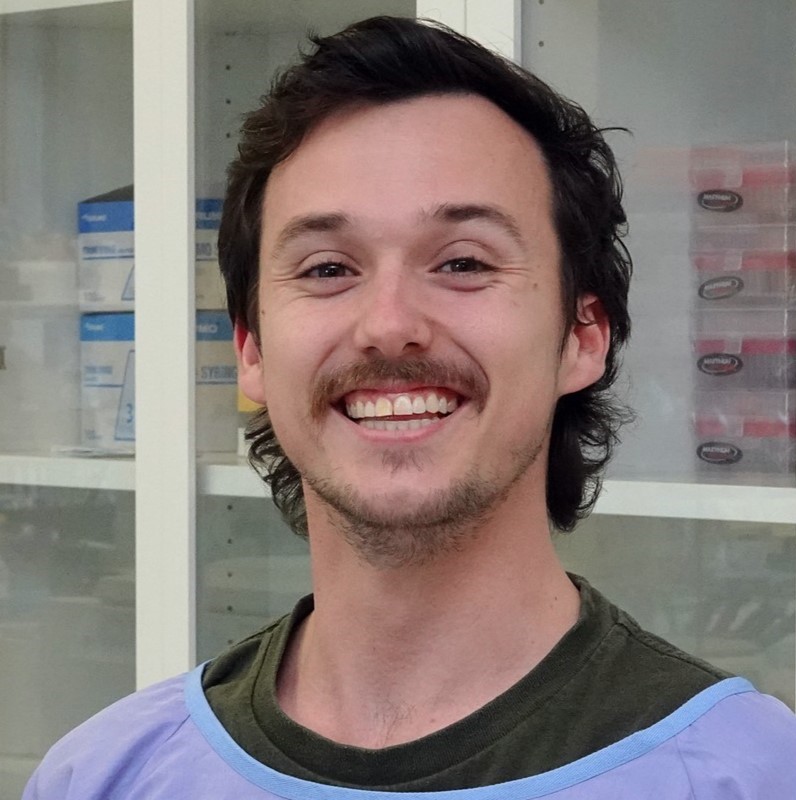
ryacp003@mymail.unisa.edu.au
Undergraduate:
- Ms Ishika Mahajan

mahiy007@mymail.unisa.edu.au
Research and Technical Assistants
- Dr Vanesa Tomatis
Vanesa.Tomatis@unisa.edu.au
Select Recent Publications
- Zadeh Shirazi A,… Gomez GA. A deep convolutional neural network for segmentation of whole-slide pathology images identifies novel tumour cell-perivascular niche interactions that are associated with poor survival in glioblastoma. British Journal of Cancer 125(3):337-350, 2021. Here we describe the AI pipeline for segmentation of glioblastoma histopathological images and its integration with bulk & single-cell RNAseq to identify genetic signatures of different tumour regions.
- Lenin S,… Gomez GA. A Drug Screening Pipeline Using 2D and 3D Patient-Derived In Vitro Models for Preclinical Analysis of Therapy Response in Glioblastoma. International Journal of Molecular Sciences 22, 4322, 2021. We reported a novel drug screening pipeline using patient-derived glioblastoma stem cells and glioblastoma explant organoids (GBOs) to test the effect of FDA approved drugs and drugs in phase II-IV clinical trials.
- Oksdath Mansilla M,… Pitson SM, Brown MP, Ebert LM, Gomez GA. 3D-printed microplate inserts for long term high-resolution imaging of live brain organoids. BMC Biomedical Engineering 1;3(1):6, 2021. A novel approach for culture/imaging of glioblastoma invasion in healthy brain organoids suitable for drug/genetic screenings using multimodal microscopy.
- Zadeh Shirazi A, … Gomez GA. DeepSurvNet: deep survival convolutional network for brain cancer survival rate classification based on histopathological images. Medical & Biological Engineering & Computing. 58(5):1031-1045. doi: 10.1007/s11517-020-02147-3, 2020. AI model for the GBM survival classification according to histopathology data.
- Ebert LM, … Gomez GA and Brown MP. Endothelial, pericyte and tumor cell expression in glioblastoma identifies fibroblast activation protein (FAP) as an excellent target for immunotherapy. Clinical & Translational Immunology. 9(10):e1191, 2020. Here we used single cell RNA seq for the characterisation of intratumoral cell composition in glioblastoma.



